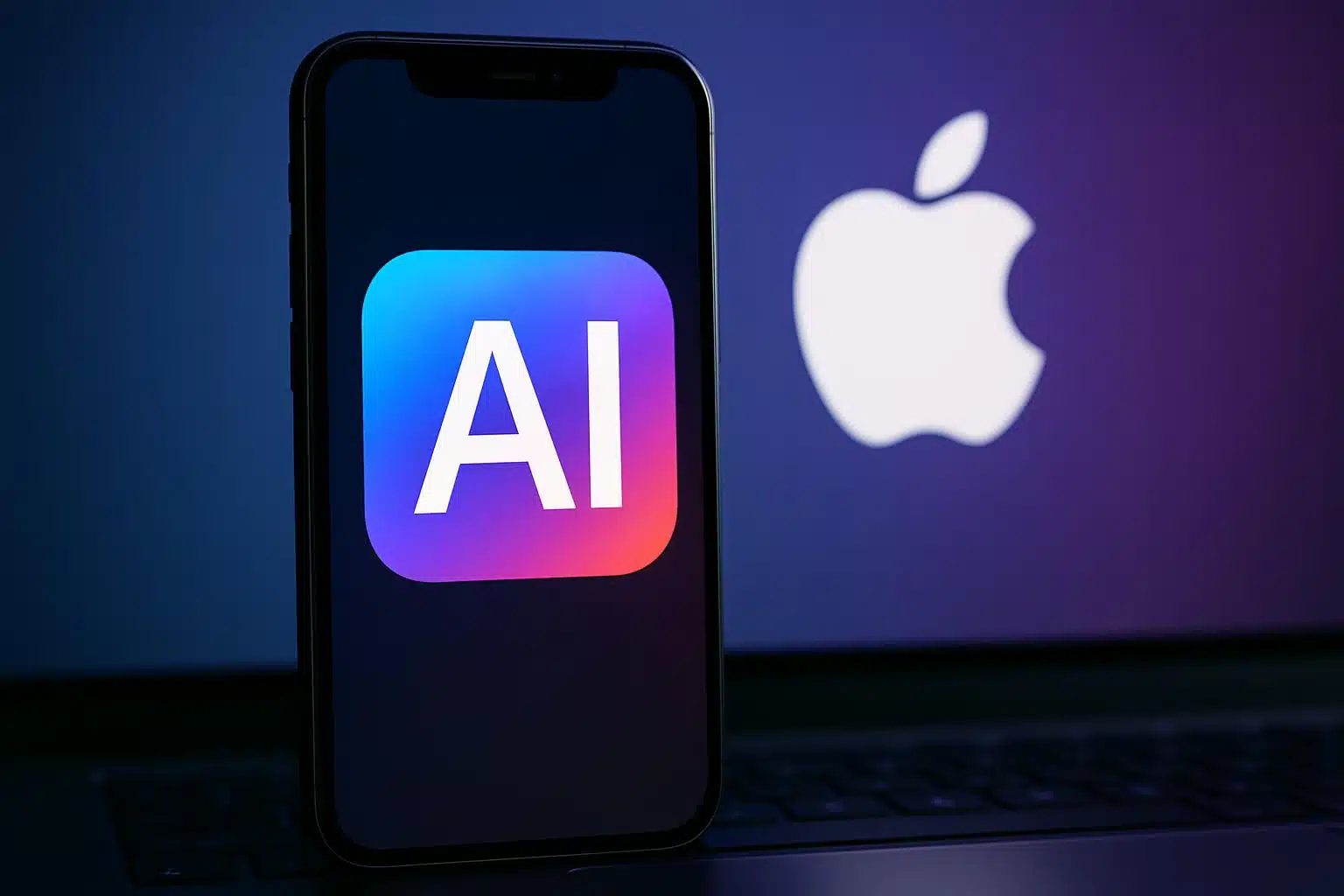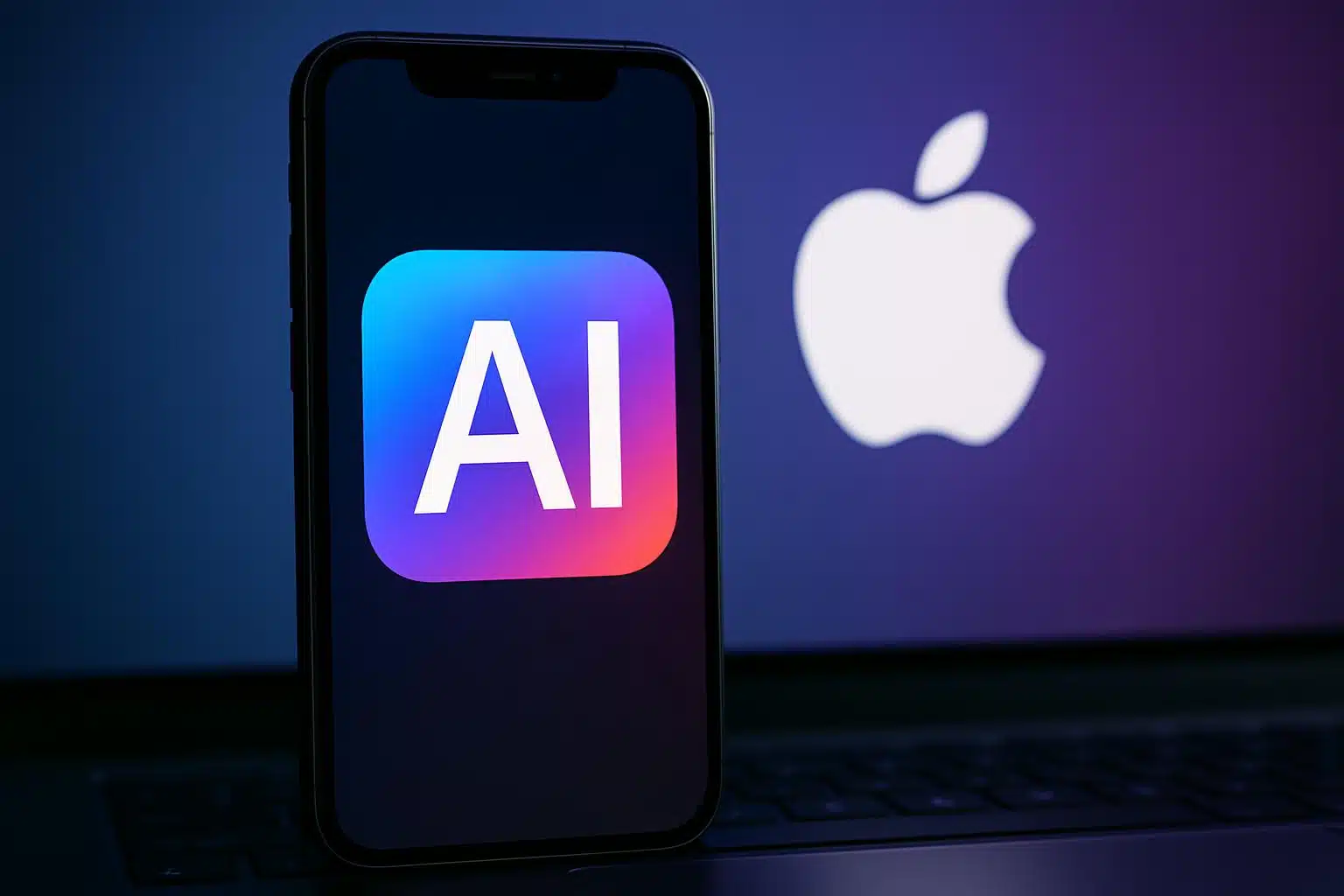Apple’s new Foundation Models framework is transforming iPhone development — not with its much-hyped chatbots, but the quiet surge of useful intelligence that’s all downloaded now and just for you. As iOS 26 lands with users, developers are harnessing Apple’s on-device AI models through their apps to serve up summarized text, categorize and generate entries, and recognize intent with no need to send data to the cloud or pay inference fees.
What Apple’s on-device models actually enable for apps
The Foundation Models features make small, targeted language and vision models available to developers, optimized for the Neural Engine. Importantly, it provides guardrails that are expensive to erect from scratch: guided generation (for grammar-constrained output), tool calling (to invoke App Intents or app-specific actions), and streaming low-latency responses. Privacy, predictable costs, and tight integration with system APIs are cited by Apple as the main benefits.

Because these models are smaller than the high-end systems of OpenAI, Anthropic, Google, or Meta, teams use them for specific, frequent tasks: classification, entity extraction, title suggestions, and step-by-step formatting. This, developers say, is where on-device really shines — millisecond latencies, consistent offline behavior, and outputs that are easy to validate.
Early use cases showing up across the App Store
In education, Lil Artist includes a story creator that allows children to choose characters and themes while an on-device model takes care of the writing. “The point is not to write novels; the point is to stimulate creativity in safe, offline sessions that parents can trust.”
Personal finance app MoneyCoach localizes two recurring pain points: surfacing spending insights (including “you’re over your weekly grocery baseline”) and auto-suggesting categories and subcategories when you create a new transaction. And developers say on-device classification cuts friction at the moment users check out purchases.
Intention reading is the crux of productivity app developers. Tasks leverages local models for: suggesting tags, spotting recurrent patterns, or even converting a short voice note into a structured to-do list. Because the analysis is performed on the device, sensitive content — names, places, and plans — never leaves the phone.
Language-learning apps are using guided generation to generate example sentences specifically targeted at the user’s level and require explanations of how they are used. One content developer also comes up with words, using on-device models to build an origin map of vocabulary by linking etymology to current usage without a network call.
Journaling app Day One will now let you pull out highlights on-device, offer smart titles, and provide reflective prompts based on what a user has already written. The system processes tone and themes close to the source, offering little nudges toward elaborating an entry while maintaining personal thoughts in privacy.
In the kitchen, recipe app Crouton employs Apple’s models to auto-tag recipes, name timers, and compile a pasted block of text into clean, numbered cooking steps. It’s an ideal micro-task for a small model: deterministic formatting, low risk of hallucinations, and instant usage.
Collaborative workflows between documents are also moving on-device. A digital signing app, too, now condenses lengthy contracts on your device, culling clauses and important dates so you can skim the essentials before signing. For professionals working with sensitive agreements, a no-cloud path is a significant upgrade.

Why developers choose local inference for these tasks
Privacy is the headline benefit. Local inference means text, audio, and images never leave the device, a great match for consumer trust and regulatory expectations. Developers mention cost predictability, too: No need to worry about per-token API bills or usage caps; ship your features to all of the users!
Latency is another win. Inference times on-device may feel instantaneous for short prompts and classification, whereas guided generation can reduce post-processing. In practical terms, that translates to tag suggestions in less than a second, categorizing transactions when they’re inputted, and voice-to-tasks breakdowns that are completed before you set the phone down.
The tool calling of the framework connects AI and UX. When a model detects “pay rent every month,” it can trigger an App Intent to set up a monthly recurring task. It can set a timer for 25 minutes, with some human-readable label explaining that it is “bake.” That tight loop — understanding, then action — has led to a burst of clean, “quality of life” improvements in apps.
Limitations form the best on-device design patterns
Developers emphasize that small local models are not drop-in replacements for large general-purpose systems. The sweet spot is narrow tasks with well-defined schemas: summaries up to a few sentences in length, tags from a known taxonomy, step formatting, or intent recognition grounded in app context.
Good prompts and guardrails matter. Teams are shipping grammar-constrained generation to minimize drift, leveraging few-shot examples from their content, and bounding outputs using character limits. Many developers say that when confidence is low, they fall back on deterministic logic in order to ensure trust in vital flows such as funds or documents.
Resource management is another consideration. Developers say batching background work together, quantizing models, and deferring heavy tasks until the user’s device is idle all help ensure battery life. Apple’s advice is to use short contexts and reuse embeddings wherever possible in order to avoid recurrent compute.
What to watch next as on-device AI adoption accelerates
Two fronts are moving quickly. Better tool calling and App Intents integration might help local models feel like a universal assistant for any app, accurately interpreting natural language to concrete actions. Second, domain-tuned versions — financial, education, health — might drive accuracy even higher without bloating model size.
Analysts from companies like Appfigures and Sensor Tower already have seen a surge in release notes referencing on-device AI features, and developer forums point to use cases extending beyond text: vision features for document parsing, UI understanding, and photo organization are near-term candidates.
The tale of iOS 26’s local AI is not one of stunning demos. “It’s like a thousand things that make apps faster, safer, and more helpful — knowledge that recedes into the background and just makes shit easier".







